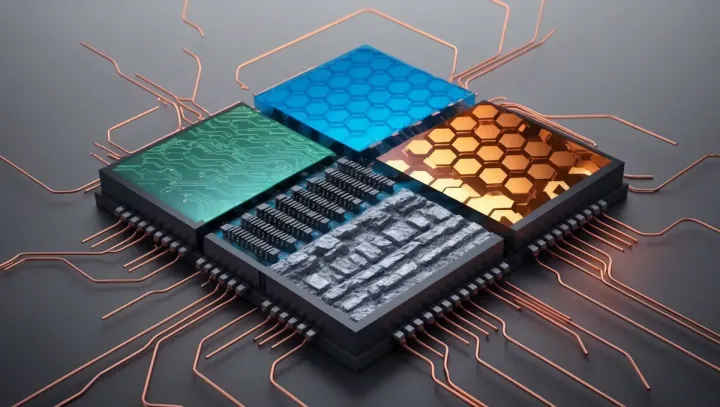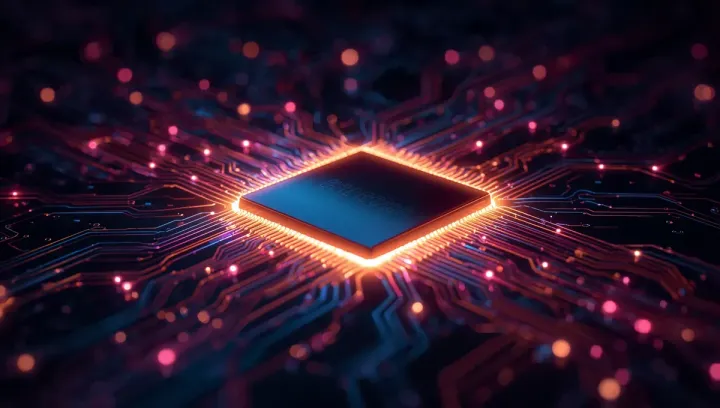The End of an Era: Why Silicon's Reign Is Over and What Comes Next
For the last half-century, our entire digital world has been built on a single, humble element: silicon. It’s the bedrock of every chip, every processor, every device in your pocket or on your desk. But the era of silicon is quietly coming to an end. We are pushing the absolute physical limits of what it can do, and a silent, high-stakes race is on to find its successor.
This isn’t just about faster computers. It’s about whether technological progress as we know it can continue.
The Wall We’re Hitting: Moore’s Law is Dead
You’ve probably heard of Moore’s Law—the observation that the number of transistors on a chip doubles roughly every two years. For decades, this prediction drove innovation. To make chips more powerful, we just had to make the silicon transistors smaller.
The problem? We can’t shrink them anymore. We’re approaching the scale of individual atoms, where the bizarre rules of quantum mechanics take over. Electrons start “tunneling” out of their pathways, causing errors and heat. We’ve hit the quantum wall. The reliable, predictable path forward is gone.
The Contenders: A New Generation of Materials
This is where the story gets exciting. Scientists and engineers worldwide are betting on a new class of “super materials” to take the throne. Each has incredible potential and its own set of challenges.
1. Graphene: The Invincible Sheet
Imagine a material one atom thick, 200 times stronger than steel, and more conductive than any metal. That’s graphene. A sheet of it is so thin it’s practically two-dimensional. In theory, graphene-based chips could run hundreds of times faster than silicon while using a fraction of the power.
The Challenge: Graphene is a “semi-metal,” not a semiconductor. It doesn’t have a natural “off” switch (a band gap), which is essential for transistors. Scientists are working on “doping” it or structuring it into nanoribbons to create one, but mass-producing perfect, defect-free graphene is still a massive hurdle.
2. Borophene: The Shape-Shifting Wonder
Even newer to the scene is borophene, a single-atom-thick sheet of boron. It’s like graphene’s more versatile cousin. Depending on how the boron atoms are arranged, it can be a conductor or a semiconductor. It’s stronger and more flexible than graphene.
The Challenge: Borophene is incredibly difficult to create and highly unstable. It oxidizes within minutes when exposed to air, making it a nightmare for manufacturing.
3. Photonics: The Future is Light
Why use electrons at all? Photonic chips use light (photons) instead of electrons to transmit data. The advantages are mind-boggling: data moves at the speed of light, with virtually zero heat generation and far less energy consumption. This would mean the end of lag and overheating.
The Challenge: Miniaturization. Optical components are much larger than electronic transistors. While companies like Lightmatter and Ayar Labs are making huge strides in “silicon photonics” (integrating optical components onto silicon chips), creating a purely photonic computer is still a long way off.
The Hybrid Future
The most likely near-term outcome isn’t a single winner but a hybrid approach. We’ll see chips that combine the best of all worlds: silicon for processing, integrated with photonics for data transfer and perhaps layers of graphene for specific tasks.
The race to replace silicon isn’t just an academic exercise. It’s a geopolitical and economic battleground. The nation or company that masters the next generation of materials won’t just build better smartphones; they’ll define the future of computing, AI, and global power. The silicon era gave us Silicon Valley. The next era is still up for grabs.

